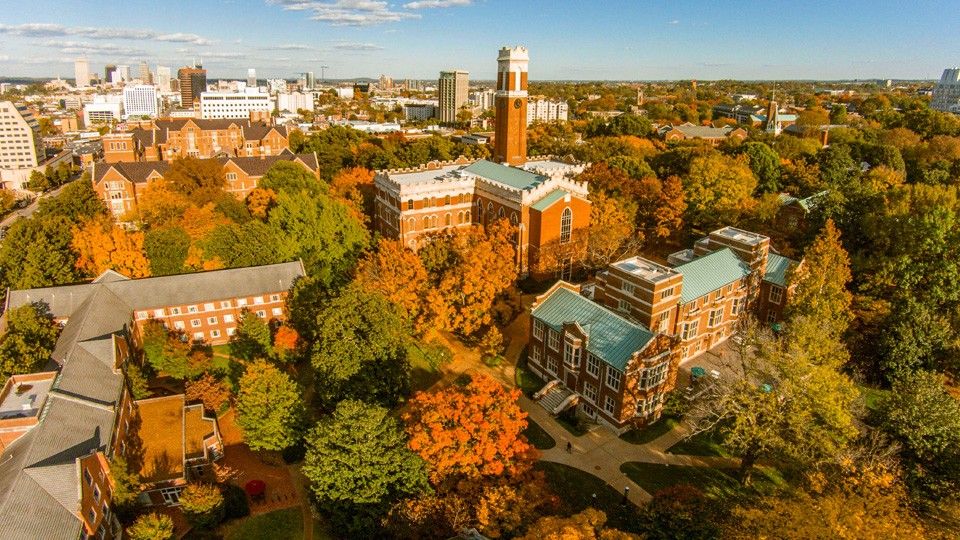Top 12 Prestigious Colleges for Dermatology in the U.S for 2025
It is difficult to get into a top dermatological residency program because only 1-3% of applicants are accepted. Selecting students for selective programs is based on a wide range of factors, including academic performance, test scores, research experience, interviews, volunteerism, and letters of recommendation.
There are a number of factors that should be considered when evaluating dermatology schools, including the residency program's size and location, the school's research output, its reputation among academic dermatologists, and its board exam pass rates. Based on a number of criteria, this page ranks the top US dermatological residency programs.
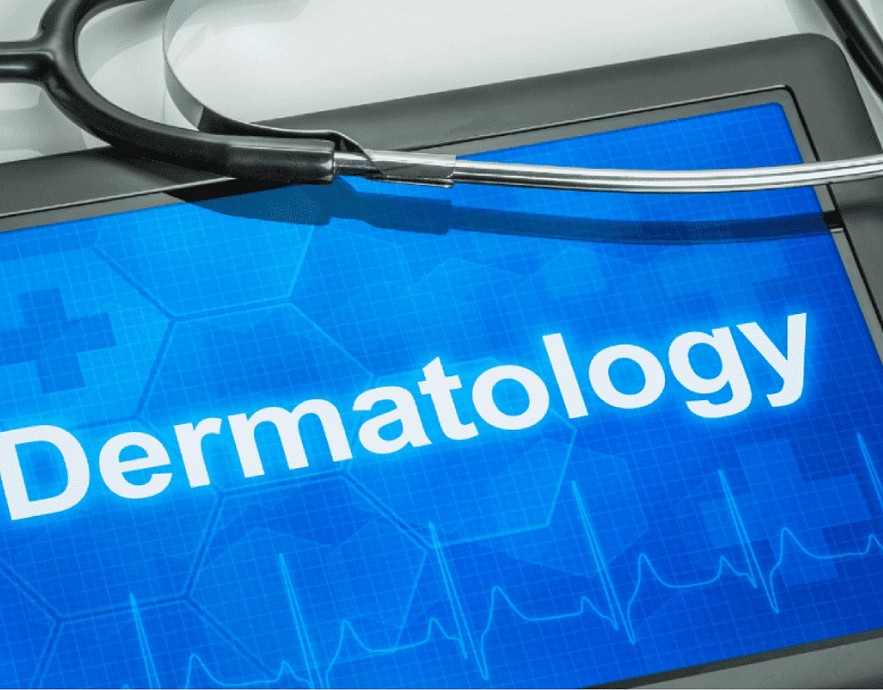 |
| Top 10+ Most Famous Dermatology Schools In The US 2024 |
What is Dermatology?
The main goal of dermatology is to find and treat problems with the skin, hair, and nails. Along with treating a wide range of illnesses, this branch of medicine focuses on both medical and surgical treatments.
Dermatological problems are very common and can happen to both kids and adults. They can be caused by many things, such as allergies, hormones, genetics, irritants in the environment, immune system problems, and many more.
If you don't get treatment, it could lead to infections that could hurt other parts of your body. Taking care of your skin is also very important because it is the first line of defense against harmful microorganisms that come from outside your body.
How much do dermatologists make?
These medical experts may have various salaries for a variety of reasons, just like any other doctor with varying expertise.
The years of experience, the certifications obtained, and the subspecialties pursued all affect a dermatologist's pay.
In the US, the average yearly wage for a dermatologist is approximately USD 366,500, whereas junior-level positions typically pay between USD 267,730 and USD 314,800.
READ MORE: Top 10 Most Esteemed Military Colleges and Academies in the U.S
How to Locate the Top School of Dermatology
Dermatologists treat acne, skin cancer, and more. Dermatology involves a complete skin exam. If you're unsure what to study in dermatology school, consider these factors:
Which location? Geographical factors are important to many aspiring doctors because they have residential preferences during their academic careers.
Cost. A medical degree requires a large financial investment, but some universities may offer cheaper options. The financial implications of different universities should be assessed and thorough research should be done to find grants or scholarships that may reduce or eliminate degree costs.
USMLE pass rates. Pass rates for the US Medical Licensing Examination reveal the institution's overall performance.
Graduate percentage. What percentage of students graduate from the school? The average is 82-44%.
The entry requirements. Each institution has its own characteristics, so make sure you meet the requirements before applying.
| There are other factors you may think are equally important for this step, but the good news is that it's now very easy to find the best dermatology schools because most of your research can be done online, and the answers and statistics mentioned above are readily available to the public for accredited colleges and genuine programs. |
12 Best Dermatology Colleges/Universities In The US 2025
1. University of Pennsylvania
Accpetance rate: 9%
Fee for tuition: 24,167 USD
Minimum Average MCAT Score Needed: 521.7 Equivalent Points
The required average GPA score is: 3.92
UPenn, an Ivy League university in Philadelphia, has a three-year dermatology curriculum with a wide range of choices. It is home to a dermatology school that produces more dermatological research than any other in the country, ranking fourth in that regard. Students can study a wide range of dermatological topics, including cosmetics, psoriasis, bullous disease, and all other types of skin conditions. Additionally, it provides excellent study prospects for many kinds of dermatological issues.
2. Harvard College
Acceptance Ratio: 5%
Fee for tuition: USD 67,610
Minimum Average MCAT Score Needed: 519–520 Points
The required average GPA score is: 3.9
Harvard University offers excellent graduate, undergraduate, doctoral, and master's programs that are among the best in the world. Harvard University is also regarded as one of the best medical institutions in the world, graduating outstanding doctors with a range of specialty each year.
The institution's Dermatology section offers a range of training and residency programs for advanced specialties. The amenities and technology inside are state-of-the-art. It also supports dermatology programs that involve a lot of different fields, focus on research, and provide a great learning experience.
It also tries to give residents thorough, high-quality clinical learning to help them learn more and get better at what they do. The department also works hard to give its students opportunities and mentorship training programs with highly qualified medical academics.
3. Mayo Clinic
The acceptance rate at Mayo Clinic: 31.3% of the sample
Fee for tuition: $60,700 USD
Minimum Average MCAT Score Needed: 521 Points
The required average GPA score is: 3.94
Among the nation's top ten medical schools, Mayo Clinic College of Medicine (MCCM) has maintained its position for six consecutive years. Additionally, the organization offers medical students a first-rate educational opportunity.
We design each program with the goal of making it as competitive as possible in the international medical education market. In order for its residents to achieve academic greatness, the medical school is devoted to assisting them in developing their critical thinking and data analysis skills.
4. Yale University
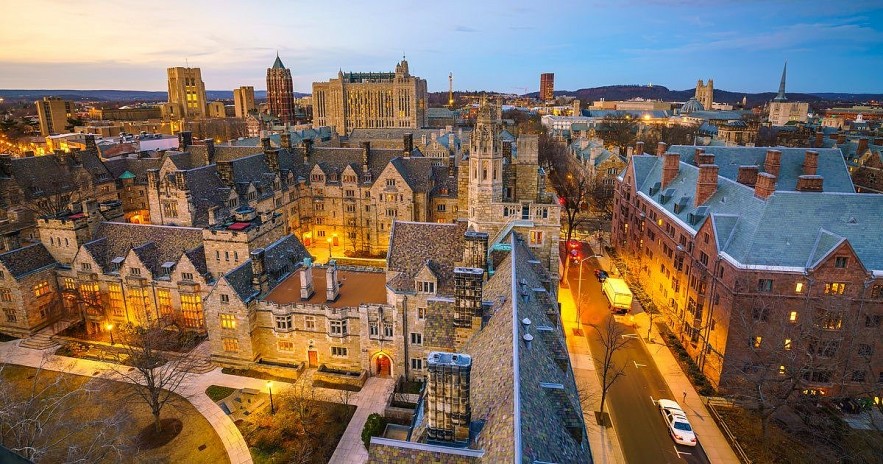 |
| Yale University |
3.0% is the acceptance rate.
Average SAT Points: 1510
$65,250 for tuition
Average Pay: $401,000
Yale University is a private, Ivy League research university located in New Haven, Connecticut. It is well-known for its excellent medical and healthcare programs. Dermatopathology, pediatric dermatology, surgical dermatology, and medical dermatology are among the topics covered in its comprehensive and multidisciplinary dermatology program.
Students have access to state-of-the-art facilities as well as opportunities for learning, clinical care, and research. Yale University's dermatology program consistently receives national recognition as one of the best by US News & World Report.
5. University of California, San Francisco
Acceptance rate at University of California, San Francisco: 2.6%
Fee for tuition: USD 55,036
Minimum Average MCAT Score Needed: 518 Points
The required average GPA score is: 2.94
In addition to being a top-notch medical school, the University of California, San Francisco offers a four-year program that enables you to pursue an M.D. and a Ph.D. concurrently. During the residency program, you can obtain experience in a variety of areas, including pediatric dermatology, autoimmune illnesses, phototherapy, and so much more.
Their Mt. Zion clinic is used for this purpose. It's a research-heavy university, but you'll also gain excellent clinical experience.
6. Duke University
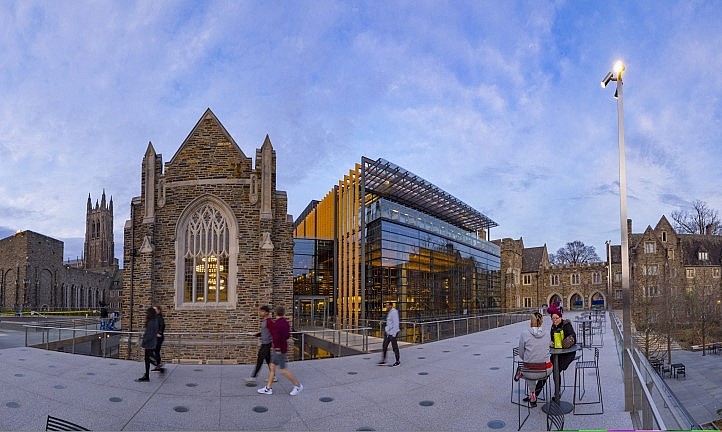 |
| Duke University |
Acceptance Ratio: 2%
Average SAT Points: 1520
$65,659 for tuition
Average Pay: $392,000.
Duke dermatology routinely places in the top 5 nationally for research output. With 11 residents a year, the program is rather large. Duke's medical school and hospital network provide residents with access to top-notch staff, resources, and research infrastructure.
| How difficult is it to get into one of the best dermatology residencies? fiercely rivalrous. The admittance rate for dermatology is just about 1-3 percent, even for mid-tier institutions. To be considered for a top 10 dermatology residency, applicants must have nearly flawless grades, test scores, impressive research histories, stellar recommendation letters, and exceptional interviewing abilities. |
7. Johns Hopkins Medical School
The acceptance rate of Johns Hopkins Medical School is 2%.
Average SAT Points: 1540
$55,350 for tuition
Average Pay: $392,000.
Founded in 1876, Johns Hopkins is a private medical school. It is situated in Baltimore and provides various specialized fellowships, special study opportunities, and training programs. As you may expect, after completing your coursework, you will become an excellent dermatologist, and their specialty is research.
This can be partially attributed to the faculty's emphasis on patient care and research, as well as their excellent work in routinely publishing their findings.
8. Stanford University
 |
| Stanford University |
2% of applicants are accepted to Stanford University
Average SAT Points: 1540
$63,649 in tuition
Average Pay: $401,000
The Stanford dermatology residency is unique in that it is small (4 residents annually), focuses on medical dermatology, and addresses challenging situations with an analytical mindset. Stanford is a global leader in biomedical research across a wide range of areas, which benefits the residents. Graduates work in academics as well as in private practice.
9. Massachusetts General Hospital
3.0% is the acceptance rate.
Tuition: $23,400
Average Pay: $391,000.
For dermatology residents, Mass General has excellent professors, resources, and research possibilities because it is affiliated with Harvard Medical School. Compared to most programs, the schedule includes more didactic instruction. Graduates have a proven track record of obtaining academic faculty posts and competitive fellowships.
10. University College London
36% acceptance rate
A few of universities do not release information about their acceptance rates, including University College London. This could occur because the university offers programs in which enrollment requires nothing more than meeting entrance requirements; applicants are not required to compete with one another.
Based on admission information from nearby, highly ranked colleges with comparable research profiles that do release such data, we estimate the acceptance rate mentioned above.
READ MORE: Top 10 U.S Colleges With the Lowest GPA Requirements
11. University of Columbia
$68,400 for tuition & fees
3.9% of admissions were accepted
Located in New York City, Columbia University is a private research university in the Ivy League that is renowned for its superior medical and healthcare programs. With areas like medical dermatology, surgical dermatology, pediatric dermatology, and dermatopathology covered, its dermatology program is extensive and multidisciplinary. Modern facilities are available to students, along with chances for education, clinical treatment, and research. US News & World Report often ranks Columbia University as having one of the best dermatology programs in the country.
12. Texas Southwestern University
3.0% is the acceptance rate
In-state tuition is $22,512; out-of-state tuition is $47,314.
Average Pay: $401,000
With nine residents annually, the UT Southwestern dermatology residency program boasts an excellent size. The Parkland and Zale Lipshy medical facilities offer extensive exposure to intricate cases. More NIH funding for research on skin diseases is obtained by UT Southwestern than by any other public medical school in the United States.
Conclusion
One's enthusiasm for dermatology might be put to the test during residency and fellowship due to the long hours, high levels of stress, and years of lost income.
However, given favorable characteristics including the intriguing illnesses seen, the combination of medicine and surgery, the control over scheduling in private practice, above-average remuneration, and intellectual stimulation from teaching opportunities, the majority of dermatologists believe the hard work is worthwhile in the long term.
 Top 10 Most Friendly Hospital Programs For International Medical Graduates Top 10 Most Friendly Hospital Programs For International Medical Graduates International medical graduates (IMGs) have many chances to practice jobs if they are lucky to be admited to famous IMG programs at renowned hospitals in ... |
 The Ultimate Guide to Becoming a Medical Biller and Coder in the U.S Today The Ultimate Guide to Becoming a Medical Biller and Coder in the U.S Today Within the healthcare sector, there are important roles for medical billers and coders. Many of these jobs can be performed online using a computer. |
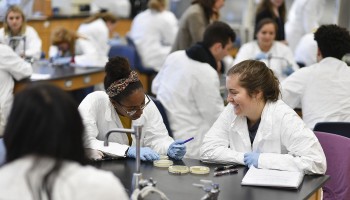 The US's Top 10+ Most Esteemed Premedical Colleges The US's Top 10+ Most Esteemed Premedical Colleges Are you trying to find a premed school that is considered prestigious? To learn about the Top 10+ Most Prestigious Premedical Colleges in the US ... |


